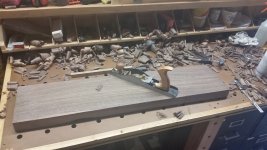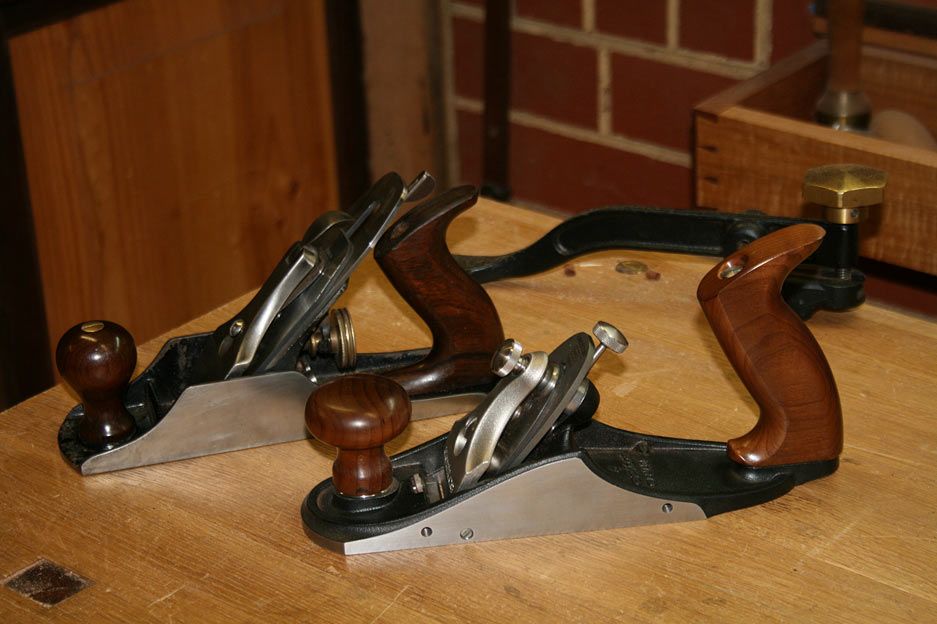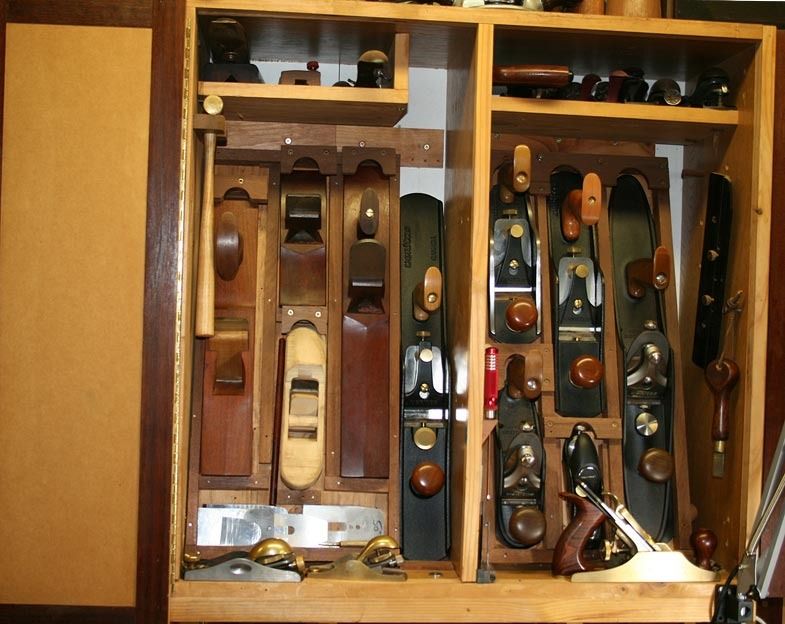ear3
Member
I read that too, and that's what I understood. I think it was pretty extreme in this case, though, given that only the corner of the blade was in contact with the stone when at rest in the guide. Unlike when I hooked up to the cambered roller, where the blade edge is parallel and in full contact with the surface.
grbmds said:Guess I should ask for a new one also because my micro-bevels are all a little skewed. However, in the instructions they indicate that this may happen and that it doesn't make any difference. Given that all my research and experience (somewhat limited) which hand sharpening always showed a "perfectly" straight secondary bevel I was skeptical. Since I go directly to the micro step without removing the chisel from the MKII, I couldn't understand it. I asked that very question of the Fine Woodworking guys and, while I suppose they aren't the final word, they unanimously agreed that this skewing of the micro bevel isn't performance degrading. And, to be honest, my chisels sharpened with the jig are so much sharper than anything else I have used, I stopped worrying about it. (Of course, it could be that my other sharpening methods were just that much worse, but the bottom line is that I'm happen even though the micro isn't straight across.) Thanks for the heads up though. I might just contact Veritas and ask them about it.





